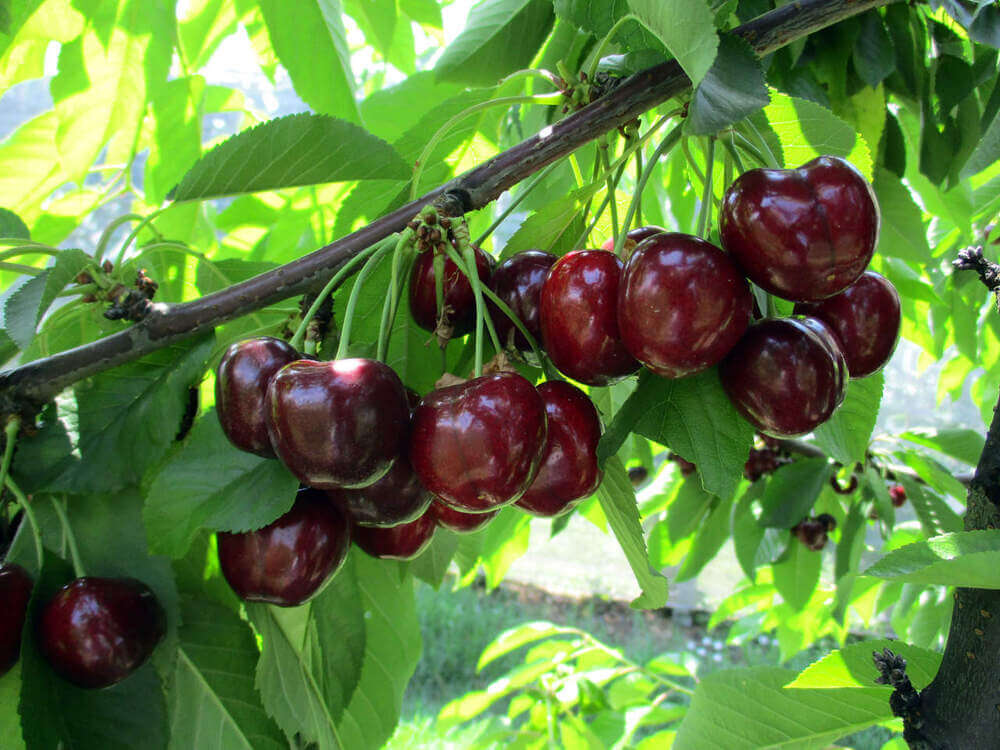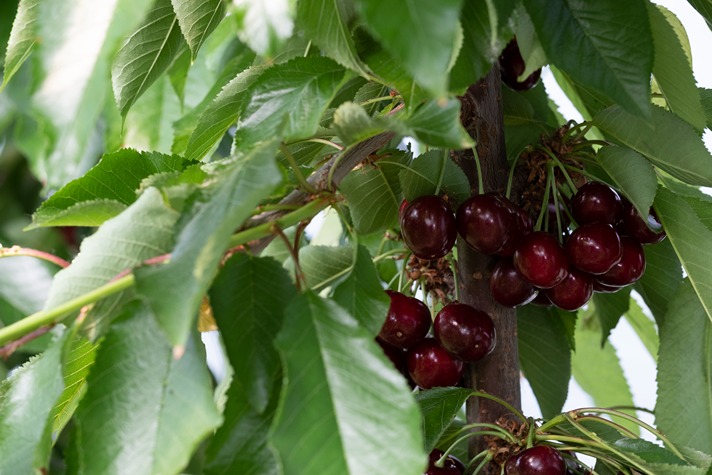The sorting and packaging sector of cherries is undergoing an unprecedented transformation thanks to artificial intelligence (AI). From advanced sorting systems to optimized quality control and predictive maintenance, AI is making packaging lines faster, more precise, and more efficient.
This change is particularly relevant in high-speed and high-volume processing operations, where precision is crucial to maximize yields and reduce waste.
The Challenges of Sorting
Cherries are naturally diverse: size, color, shape, and defects represent a complex set of variables to analyze. Additionally, their delicate nature makes them vulnerable to damage such as cracks, rot, bruises, wind scars, sunburn, and stem deterioration.
Optimal management of these aspects is crucial to ensure that only the best fruits reach the market. Over the past two decades, advancements in vision systems for sorting have already improved evaluation capabilities, but today AI is taking quality assessment to the next level.
Artificial Intelligence in Service of Quality
AI is not an entirely new concept, but the recent development of deep learning has made this technology more accessible and effective. GP Graders, a leading company in the sector, has developed radiai, an innovative system based on convolutional neural networks (CNN) that is revolutionizing cherry sorting.
"We have cataloged and annotated hundreds of thousands of cherry defect images over the past five years," explains Stuart Payne, director of GP Graders. "Thanks to this vast database, radiai can identify and classify defects with extraordinary accuracy, surpassing traditional rule-based systems."
Radiai's deep learning system not only recognizes imperfections such as discoloration or cracks, but it can also adapt and improve over time, continuously refining its recognition capabilities.
Concrete Impacts on the Industry
The results of radiai technology are already tangible. Companies using gpVision with radiai report near-perfect detection of stems, eliminating measurement errors that previously compromised fruit classification.
This has led to improved diameter precision and increased packaging efficiency. Another groundbreaking aspect is radiai's ability to distinguish between real defects and visual artifacts.
For example, dry or darkened wood on a stem, which in the past could have been mistaken for a crack and caused the rejection of a perfectly good cherry, is now accurately recognized, significantly reducing waste.
One of the most significant advancements is the detection of fresh microfractures, which are difficult to identify with traditional systems. Thanks to an ever-expanding database, radiai has nearly eliminated this issue, allowing producers to ensure superior quality.
Automation and Simplification for Operators
In addition to improving fruit sorting, AI is also simplifying the work of operators. In the past, the classification process required complex manual adjustments. Now, with gpVision and radiai, operators can control the system through an intuitive interface with just a few simple commands.
This reduces training time and enhances productivity. "Today, achieving accurate sorting is easier than ever," emphasizes Payne. "Operators only need to review the data, make minimal adjustments using intuitive controls, and let the system handle the rest."
This not only speeds up the setup process but also ensures consistent quality and unprecedented efficiency."
The Future of Cherry Sorting
While the world debates the impact of AI on everyday life, in the fresh produce industry, this technology is already making a difference. The processing of over 10,000 tons of cherries last season has demonstrated that AI can significantly improve the final product's quality, reduce waste, and increase consumer satisfaction.
With such promising results, the future of sorting cherries seems increasingly tied to artificial intelligence. And for companies in the sector, investing in this technology could be the key to staying competitive in an increasingly demanding market.
Source of text and images: FreshPlaza.com
Cherry Times - All rights reserved












